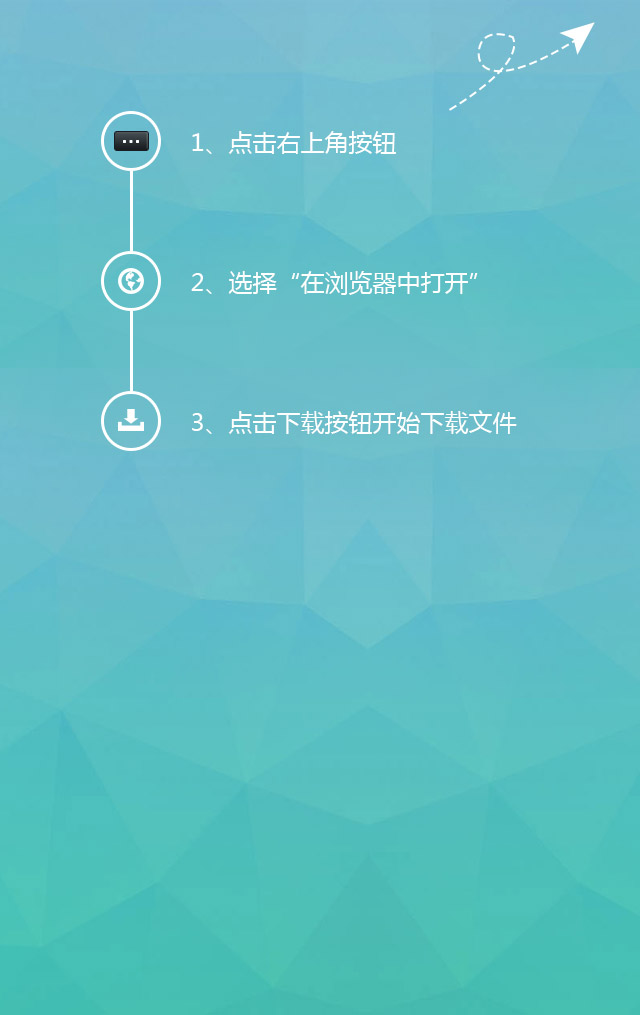Artificial Intelligence Enters Astronomy?
For the first time in astronomy! Scientists have trained artificial intelligence to screen the huge amount of data collected by telescopes, and a new planet has really been discovered.
The newly discovered planet, named Kepler-90i, has been hidden in the data collected by NASA's Kepler probe. This planet is about 2500 light years away from the Earth. It orbits a star with seven other planets. Therefore, the Kepler-90 system has many similarities with our solar system.
"Kepler has proved to us that most stars have planets." Paul Hertz of NASA said at a news conference announcing the discovery. Now, Kepler has confirmed that stars can have a huge family of planets just like our solar system.
A few days before the press conference, there were wild rumors in the media that extraterrestrial life might have been detected. Unsurprisingly, this news is totally unreliable, but it proves from the side that machine learning can help us to learn more about the potentially exciting stars in the whole galaxy.
Search in the sea of stars
Launched in 2009, Kepler has been staring at 150000 stars in a small piece of sky for four years. Its task is to find the tiny shielding of the star when the planet passes in front of the star. When scientists find such tiny signals in the data, they can measure the size of the planet and the distance between it and its parent star.
So far, the Kepler probe has confirmed 2525 planets, and there are more planets to be found in its data. However, it is not easy to identify a planet. For humans, manually sorting out huge amounts of Kepler data is an impossible task, because these data contain potential planetary orbits to the 8th power of 10. In addition, the weakening of stellar light is not necessarily caused by planets: sunspots, binaries and other celestial bodies may have the same effect as planets covering stars.
Because of this, Chris Shallue of Google's artificial intelligence department decided to use neural networks to solve this problem. Previously, machine learning has been used to filter and classify Puller's data. However, Shallue's neural network can provide a more powerful algorithm.
Shallue said, "When I learned that Kepler has collected so much data that scientists cannot review it manually, I wanted to apply neural networks to astronomy. Our idea is to apply this technology to the starry sky to teach machine learning systems how to distinguish planets around distant stars."
Open up a new perspective of observation
As the name implies, neural networks are constructed based on the working principle of human brain. Humans can train neural networks to recognize and classify things, such as the difference between the pictures of dogs and cats. Finally, after seeing enough samples, the computer can classify cats and dogs by itself.
Shallue trained a neural network to identify the unique "fingerprints" of the planet. He extracted 15000 real planet features from Kepler's database, and let the neural network system distinguish the difference between the signals of real planets and those disguised as planets.
After that, it is the actual combat verification stage. Shallue and Andrew Vanderburg of the University of Texas asked the system to carefully examine 670 stars known to have planets, because there may be more planets around these stars.
Then, they input signals that are not strong enough to be processed manually into the system. In these signals, the neural network system identified two new planets. The results were published in the Journal of Astronomy.
"The signals of these two stars are very weak, and all previous searches have missed them." Shallue said.
Still need to explore new areas
One of the planets is "Kepler-80g", which is the sixth known planet in its solar system. Kepler-80g is about the same size as the Earth. It takes 14.6 days to orbit its parent star, which is smaller and redder than our sun.
The neural network also found "Kepler-90i". This planet is slightly larger than the Earth. It takes two weeks to make a revolution. It is the third rocky planet found in its star system, and its parent star is slightly larger and hotter than our sun. There are two smaller planets inside Kepler-90i, while the planets orbiting outside are much larger.
These planets are all very large, but they are still "clustered" together: the distance between eight planets and their parent stars is the same as that between the sun and the earth.
Vanderburg said: "I don't want to go to places like Kepler-90i. Its surface is probably very hot. We calculated that its average temperature is about 427 degrees Celsius."
He added that Kepler-90 may have more planets to discover. He and Shallue plan to input all the data of Kepler into the neural network system to see what the results are.
However, there is no need to worry about computers replacing human astronomers.
Jessie Dotson of NASA said, "This work must be carried out together with astronomers. This can never be ruled out. You must first have the initial classification to train machine learning, and then it can process more signals than humans."
Recommend
-

-

QQ Zone
-

Sina Weibo
-

Renren.com
-

Douban

